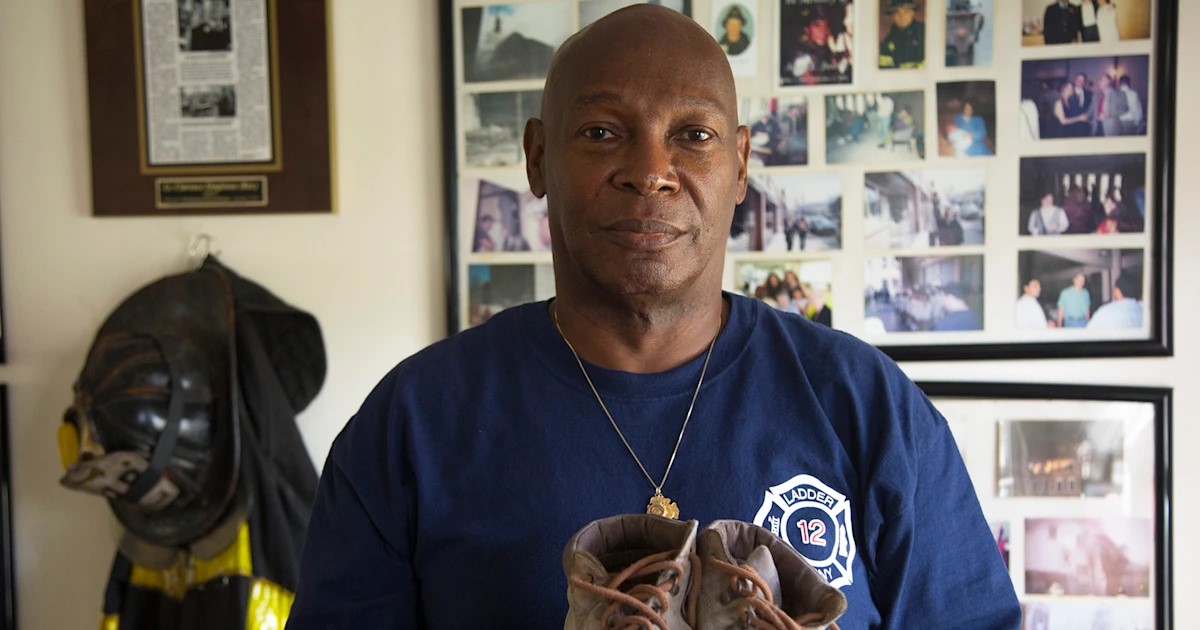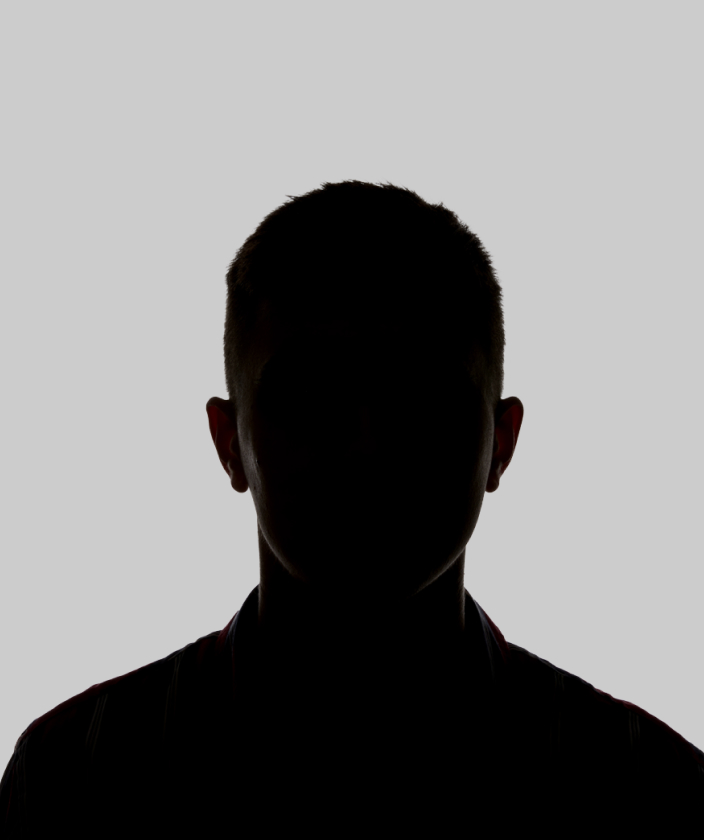On the morning of September 11, 2001, Clarence Singleton was not scheduled to be anywhere near the World Trade Center. Having retired from the New York City Fire Department (FDNY) just one year earlier, the Vietnam veteran and lifelong public servant was beginning a new chapter of life. But when he saw the terrorist attacks unfold on television, instinct and duty surged back into action. In one of the darkest moments in American history, Singleton once again put himself in harm’s way—not out of obligation, but out of an unwavering commitment to serve.
Singleton had joined the FDNY after a decorated tour as a U.S. Marine in Vietnam, where he earned a Purple Heart. He had served with Engine 218 in Brooklyn before retiring in 2000 after two decades of firefighting. But on that fateful September morning, he was compelled to respond as the Twin Towers burned. He found his old fire gear, donned his helmet, and headed to the city.
“I felt like I had to be there,” Singleton later told the Today Show. “I just couldn’t sit there and watch. I knew people were going to need help” [1].
By the time he reached the scene, the South Tower had already collapsed. Singleton joined firefighters preparing to enter the North Tower to assist in the evacuation and search for survivors. That’s when the building began to fall. He remembers the horrifying sound of the collapse and the dust cloud that engulfed him. Singleton was thrown to the ground and injured—suffering a dislocated shoulder—but survived the falling debris.
After emerging from the rubble, he refused to stop helping. He assisted in initial rescue efforts and then volunteered at Ground Zero in the following days, sorting through wreckage and searching for victims. The toll, both physical and emotional, was immense.
Like many first responders and volunteers, Singleton faced a long journey of healing. He struggled with post-traumatic stress disorder (PTSD), depression, and survivor’s guilt. He credits therapy and support from fellow veterans for helping him recover. “It stays with you,” he said in a 2018 interview. “But I talk about it because I want people to remember. We can’t forget” [1,2].
His desire to ensure 9/11 is not forgotten became a calling. Singleton became active in public education and remembrance efforts. He serves on the board of the Freedom Flag Foundation, which promotes a patriotic flag design adopted in many schools and public buildings as a symbol of 9/11 remembrance. He visits schools across the country to share his story, teach students about the importance of service, and honor the memories of those who perished.
In his memoir The Heart of a Hero, Singleton reflects on the thread of service that runs through his life—from the battlefields of Vietnam to the inferno at Ground Zero. “A hero doesn’t always wear a cape,” he writes. “Sometimes he wears turnout gear, or camouflage, or just does the right thing when no one else will.”
Now in his 70s, Clarence Singleton remains a powerful voice for patriotism, healing, and resilience. His story serves as a reminder that heroism isn’t always a single act—it’s a lifetime of answering the call, again and again.
Cited sources
-
Neely B. Survivor stories: 9/11 firefighter recounts his experience. Today. September 11, 2018. https://www.today.com/news/survivor-stories-9-11-survivor-nyc-firefighter-recounts-his-experience-t136872
-
Lau T. Retired FDNY firefighter Clarence Singleton ran towards the fires on 9/11. New York Amsterdam News. September 5, 2024. https://amsterdamnews.com/news/2024/09/05/retired-fdny-firefighter-clarence-singleton-ran-towars-the-fires-on-9-11/
-
Garcia S. Retired NYC firefighter shares 9/11 story to SoCal students “to keep the memory alive of loved ones.” ABC7 Los Angeles. September 10, 2022. https://abc7.com/911-twin-towers-us-marine-new-york-city-firefighter-anniversary-2022/12217046/


